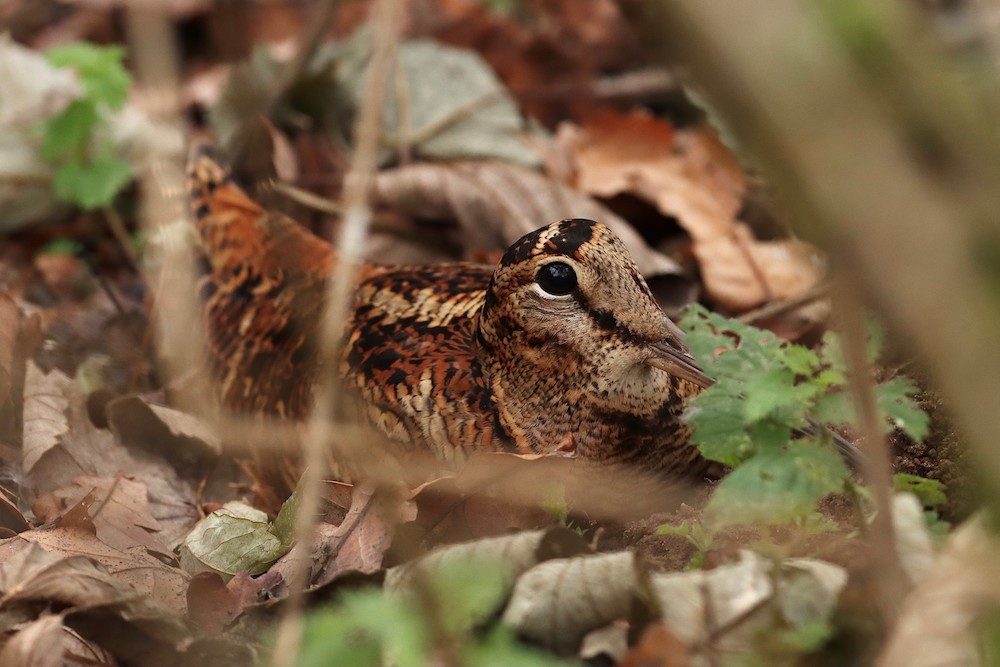Advances in thermal imaging technology have resulted in it becoming a powerful tool for ecologists. Their portability and ability to capture high resolution footage and photos add significant value in the detection of a wide variety of species of birds and mammals.
Nocturnal bird surveys have the ability to shed light on the use of habitat and behaviour of many declining bird species. For example, arable land which may not appear to have much bird activity in the day can provide habitat for wintering waders such as woodcock, snipe, golden plover and lapwing which feed in the fields under the cover of darkness. Other nocturnal species such as owls and nightjars can also be surveyed much more effectively at night with the use of thermal imagers.
Thermal imaging technology breaks down the barriers that present themselves in traditional nocturnal surveys by detecting the birds’ body heat in the absence of light. It’s a non-invasive method that not only provides more accurate data and a better understanding of how birds use habitats at night but it also enables surveyors to observe birds from a distance and reduce disturbance resulting from torches or surveyors unaware of the birds’ presence. The data collected from thermal surveys can provide invaluable information on nesting sites, roosting sites and feeding areas which can all inform conservation and management efforts.
The use of thermal imaging technology does not stop at night; it is also being deployed in the day to detect bird species that are otherwise difficult to find visually due to camouflage or dense vegetation such as jack snipe (if you look carefully in the picture below) and roosting nocturnal species like woodcock (pictured above) and owls.

Additionally, thermal imaging is being used to identify the presence of other species groups such as bats, badgers and small mammals. For any surveys using a thermal imager it is important to utilise this method alongside traditional survey efforts to allow for a comprehensive understanding of site areas and species.
At MKA we’ve been using thermal imagers for some time now in our surveys. To find out more about how thermal imaging can help your project, please do contact us.


